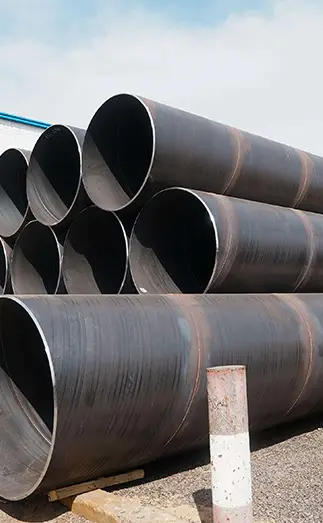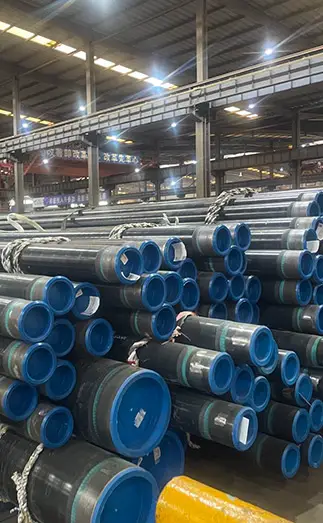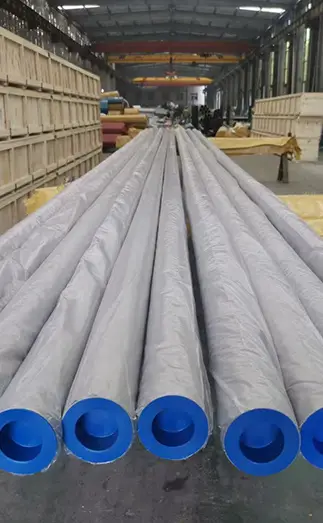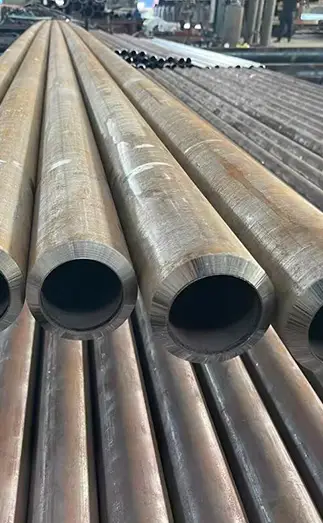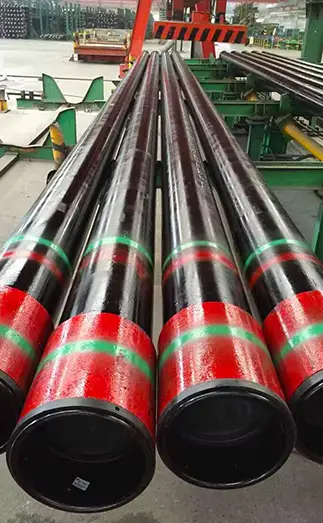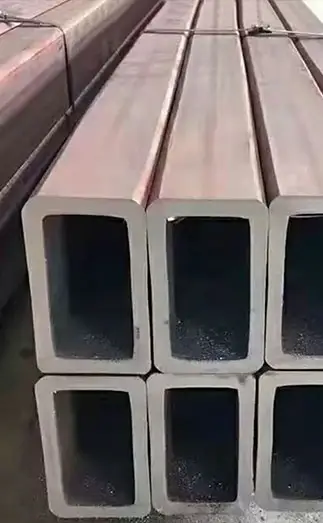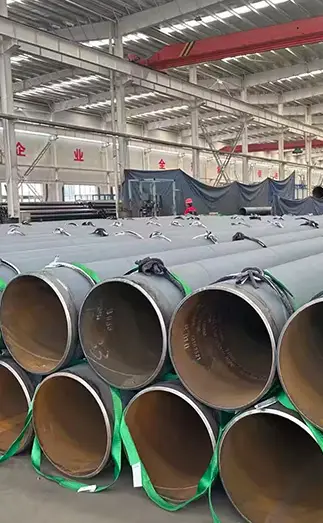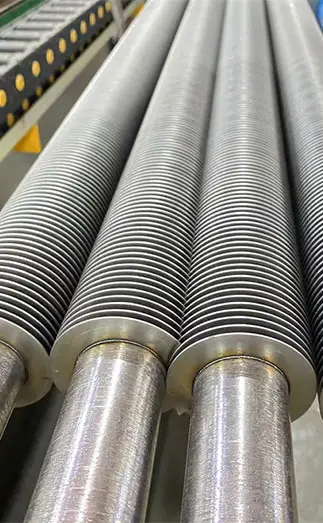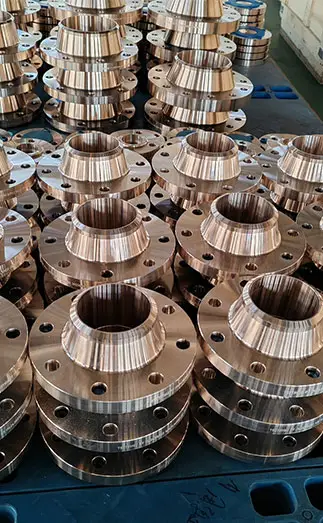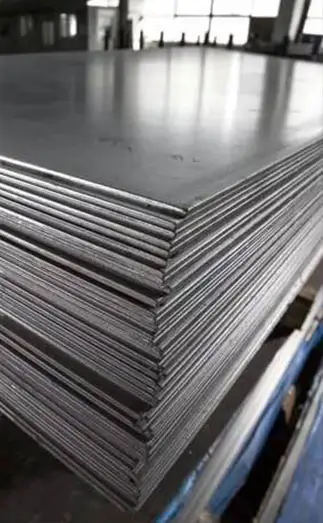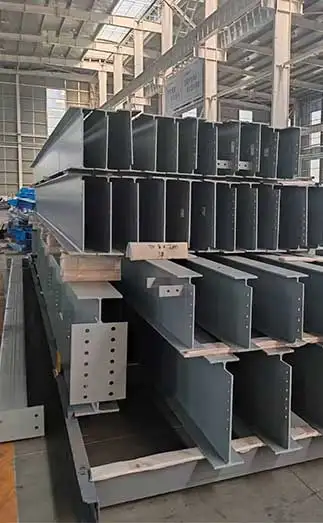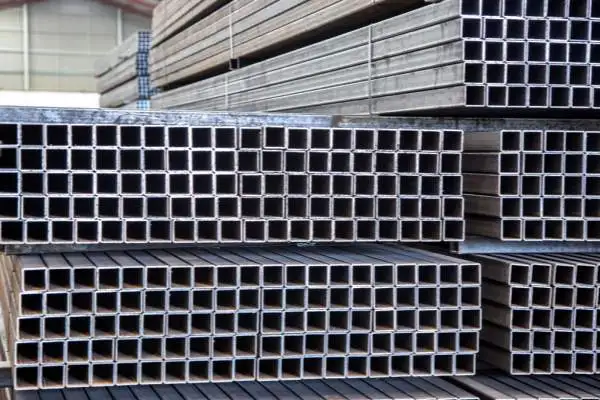Galvanized angle steel is a type of carbon structural steel widely used in construction. Featuring a simple cross-section, it serves as a fundamental material for metal structures and factory frameworks. In practical use, it requires good weldability, plastic deformation capability, and adequate mechanical strength.
The raw material for galvanized angle steel is low-carbon square billet, and the finished product is typically delivered in hot-rolled, normalized, or hot-rolled galvanized condition. As an upgraded corrosion-resistant material, galvanized angle steel plays an important role in construction, power transmission, communications, and other industrial sectors. Its classification and quality directly determine the durability and safety of engineering projects.
Classification of Galvanized Angle Steel
1. By Galvanizing Process
Hot-dip galvanized angle steel:
Produced by immersing angle steel in molten zinc, forming a zinc coating of ≥85 μm (per GB/T 13912). It offers excellent corrosion resistance, suitable for long-term outdoor exposure.
Electro-galvanized angle steel:
Zinc coating is applied via electrolysis, typically 8–15 μm thick. While more cost-effective, its weather resistance is limited, making it better suited for indoor or short-term protection.
2. By Surface Treatment
Passivated galvanized angle steel:
The zinc layer undergoes chromate passivation, forming a rainbow or white film that withstands salt spray for over 72 hours (ASTM B633).
Unpassivated galvanized angle steel:
The zinc surface remains untreated, prone to oxidation and discoloration, and requires an additional protective coating.
3. By Application
Building structures: Made from Q235B, offering moderate strength, ideal for brackets and trusses.
Power transmission towers: Made from Q345B, providing high strength and resistance to wind and seismic forces; must meet GB/T 2694 standards.
Marine applications: Designed for seawater resistance, with a zinc coating thickness ≥110 μm.
Five Key Quality Control Indicators
Zinc Coating Thickness
Hot-dip: average ≥ 85 μm (for DN ≤ 65 mm), local minimum ≥ 70 μm.
Electro-galvanized: average ≥ 12 μm, suitable for mild environments.
Adhesion Performance
Tested via cross-hatch (ASTM D3359) — coating must not peel.
Or bending test (GB/T 2976) — no flaking after 180° bending.
Surface Appearance
Smooth surface, free of nodules or bare spots; slight color variation is acceptable.
Deformation such as twist must not exceed 2 mm/m.
Dimensional Accuracy
Side width deviation: ± 0.8 mm (∠50×50×5 mm or less), ± 1.2 mm (∠100×100×10 mm or more).
Wall thickness tolerance: ± 10%.
Mechanical Properties (GB/T 706)
Yield strength ≥ 235 MPa (Q235B).
Tensile strength ≥ 375 MPa.
Elongation after fracture ≥ 26%.
Conclusion
The classification and quality of galvanized angle steel are key factors influencing project safety, service life, and lifecycle cost. By carefully selecting the galvanizing process and maintaining strict control over zinc layer quality and mechanical properties, the material can achieve over 15 years of stable service even in harsh environments.
Looking ahead, the industry trend will favor environmentally friendly galvanizing processes and intelligent inspection technologies, driving the next generation of high-performance, sustainable steel materials.
Read more: Application of 15CrMo alloy angle steel



 English
English Español
Español Français
Français بالعربية
بالعربية